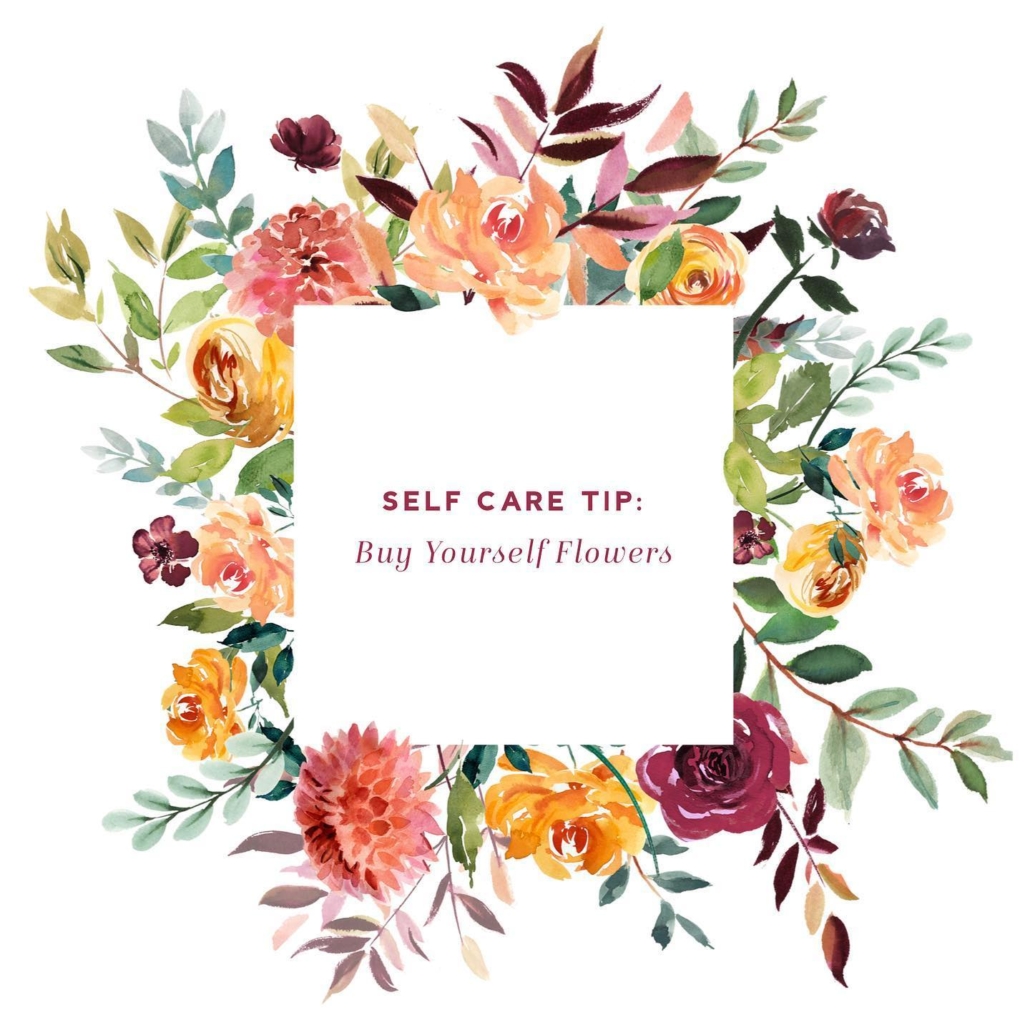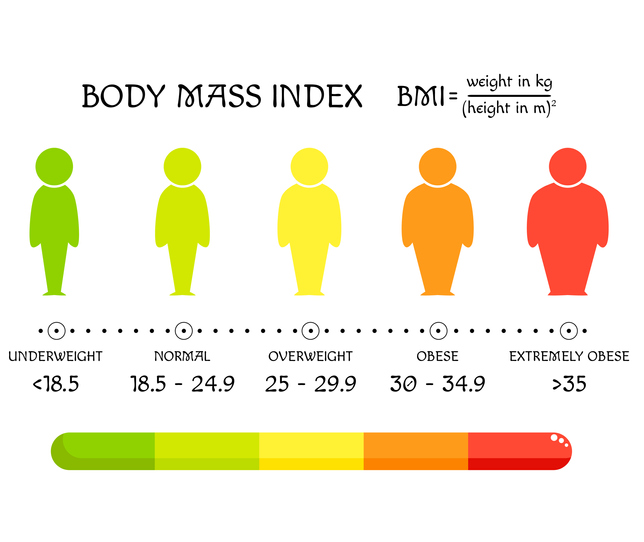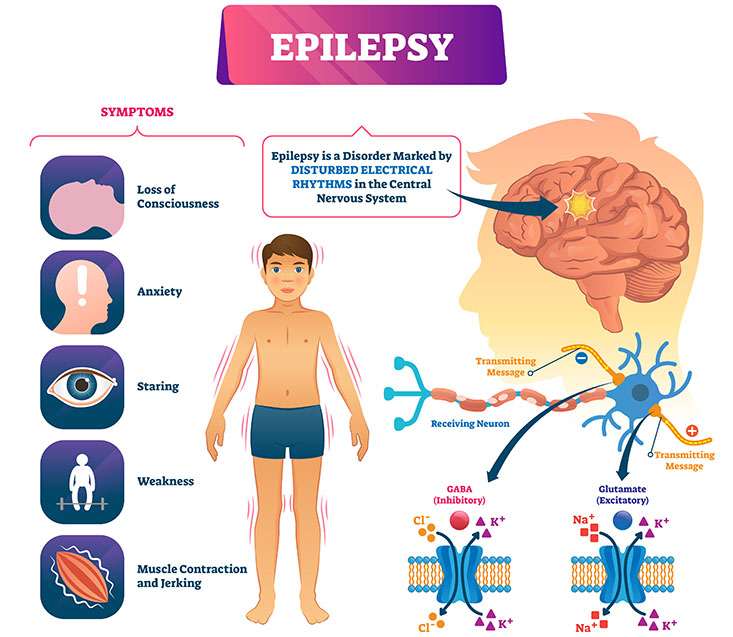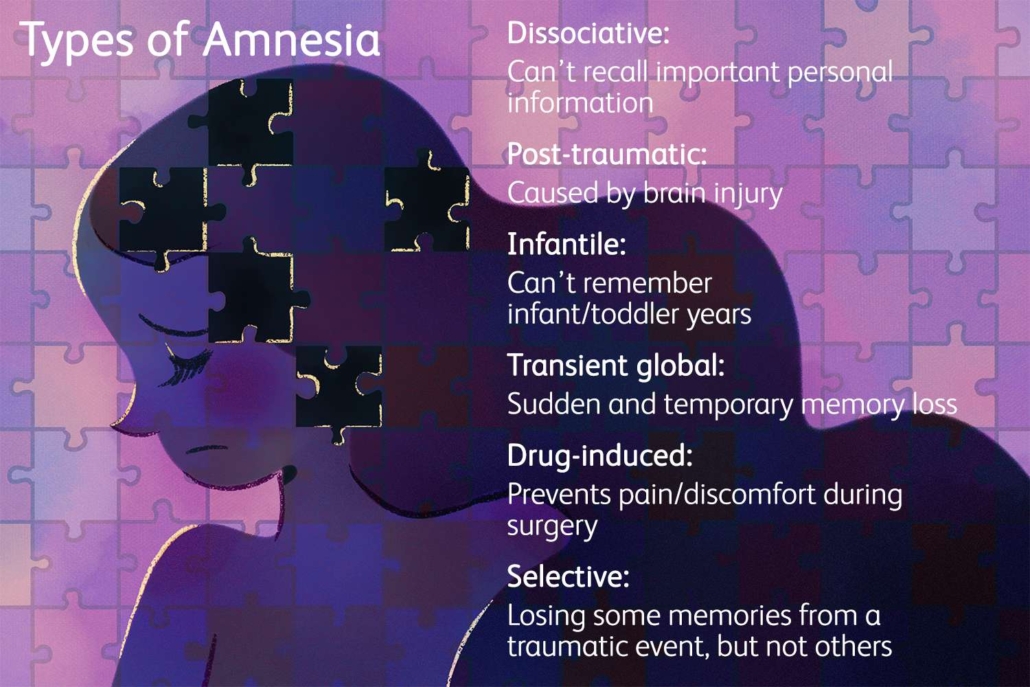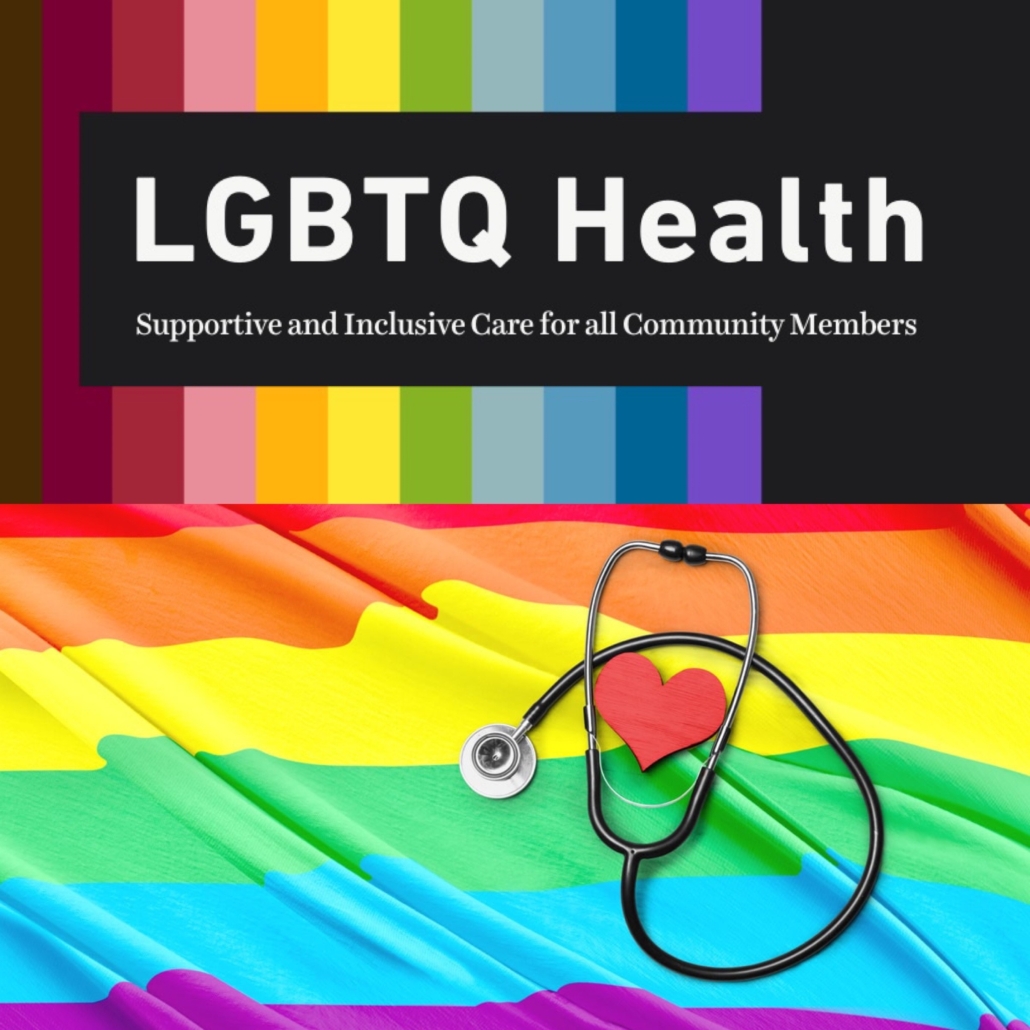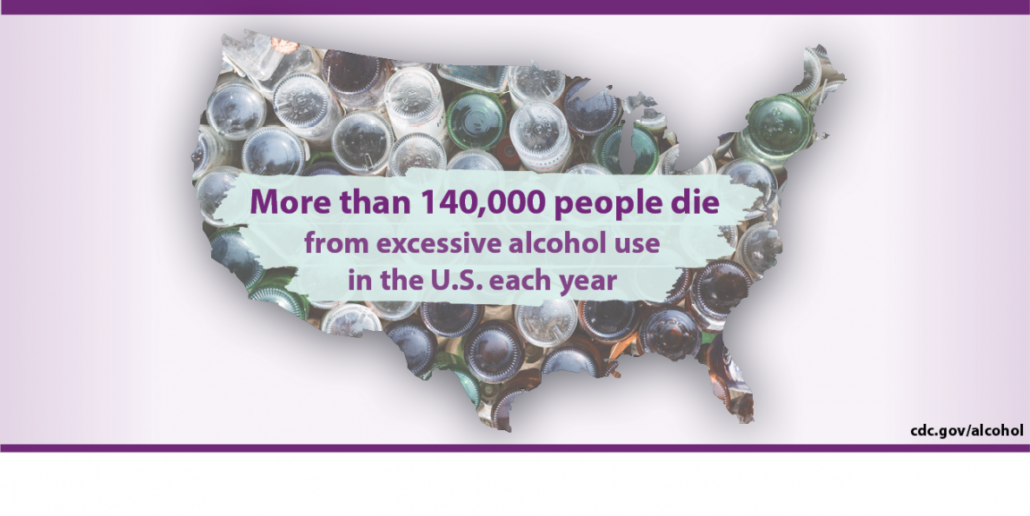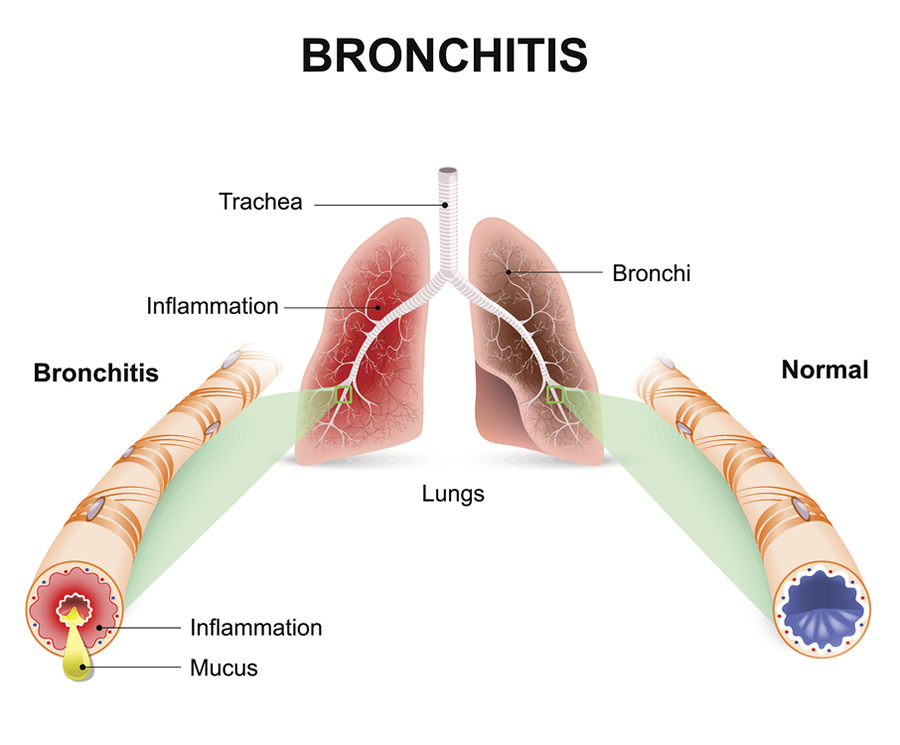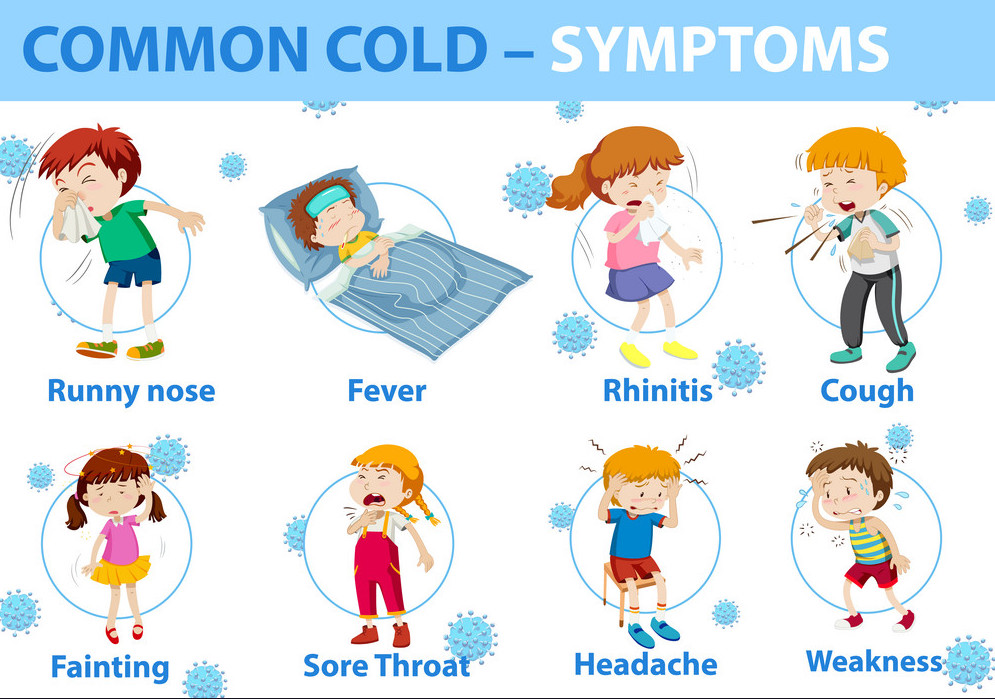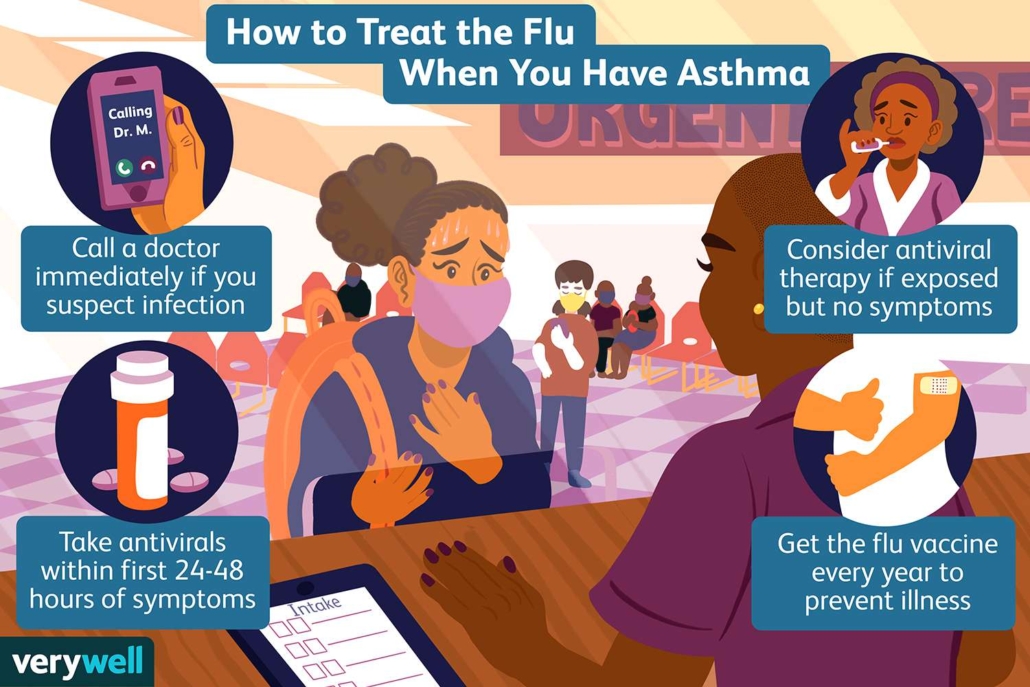Buy Yourself Flowers This Valentine’s Day
It’s that time of year again, when the shops are overrun with heart-shaped cards and decorations and chocolate and romantic songs are playing on repeat. That’s right, it’s Valentine’s Day, and it’s all about celebrating the people you love, but don’t forget about the most important relationship of all: the one you have with yourself. Buy yourself some flowers to remind yourself that you are worthy of love and care. Grab your wallet and get ready to treat yourself like royalty, because it’s time to spread the love—to yourself!
- Flowers have been found to have a positive impact on emotions, and buying yourself flowers can serve as an act of self care and self compassion
- On Valentine’s Day, self-care techniques can help relieve loneliness and isolation. This can include activities such as treating yourself to a nice meal, taking a relaxing bath, or engaging in a hobby or activity you enjoy.
- Self-compassion is an effective method for coping with difficult emotions. It means treating yourself with tenderness, compassion, and understanding, as well as accepting your feelings.
- Reframing is a CBT skill that can help change the way you think about a situation or experience by looking at it from a different perspective. This can help challenge negative thoughts and reduce feelings of loneliness and sadness.
Valentine’s Day can be a difficult occasion for many people, particularly for those who may be feeling lonely or going through a difficult time in their relationships. The holiday can bring up feelings of sadness and longing and can serve as a reminder of what one may be missing in their life. The pressure to have a romantic partner or to be in a happy relationship can also contribute to stress on this day. It’s important to focus on self-care, self-compassion, and self-nurturing during this time, so why not give yourself a beautiful bouquet of flowers as an act of self-care?
Buy yourself a beautiful bouquet
On Valentine’s Day, it’s common to see bouquets of flowers being delivered to loved ones, but have you ever considered sending flowers to yourself? A growing trend among women is to treat themselves to a beautiful bouquet on the holiday of love.
It is estimated that 15% of women in the United States buy flowers for themselves for Valentine’s Day. This is a reminder that self-love and self-care are just as important as showing love to others, especially on a day when love is celebrated.
Prioritize self-care
Self-care is an important part of living a healthy, well-balanced life. This can include your physical, mental, and emotional health, among other things. In today’s fast-paced world, it’s easy to neglect one or all of these areas, leading to feelings of burnout and dissatisfaction. Incorporating self-care into your daily routine can be as simple as setting aside time for rest, going for a walk in nature, or indulging in a relaxing cup of tea. The main objective of self-care is to keep yourself healthy and happy.
Practice self-compassion
Self-compassion is essential because it enables us to be kind and forgiving to ourselves, particularly during challenging circumstances. Instead of being harsh and critical towards ourselves, self-compassion helps us to acknowledge and accept our emotions and experiences, allowing us to heal and grow in a more positive and healthy way. It also helps to build resilience, improve our mental well-being, and foster a sense of connectedness. Practicing self-compassion can be particularly helpful during a holiday such as Valentine’s Day, where societal pressures and expectations can exacerbate feelings of loneliness, inadequacy, and sadness.
Steps for practicing self-compassion:
- Be present. Take time to be in the present and focus on the moment through mindfulness practices.
- Practice hobbies. Engage in activities that provide you with joy and satisfaction.
- Protect your emotions. Establish clear boundaries and prioritize self-care by declining commitments that drain your energy.
- Forgive yourself. Show compassion towards yourself by letting go of any guilt or shame that you might be carrying.
- Be kind. Recognize that everyone faces challenges and imperfections, and focus on the positive aspects of your life through gratitude.
Flowers as a form of self-care
Flowers have been used for centuries as a symbol of beauty and love. They have the ability to lift one’s spirits and bring a sense of joy and peace. Flowers have been found to have a positive impact on emotions, promoting feelings of happiness and well-being, as well as having a soothing effect on the mind, which can reduce stress and anxiety. Another benefit of flowers is that they are a natural way to beautify your surroundings. They add color and life to a room, making it more inviting and comfortable.
What if you’re lonely and sad?
Valentine’s Day can be hard for people who are not in a relationship. It can be a very vulnerable time and bring up a lot of feelings and memories. It’s normal to feel down on Valentine’s Day if you don’t have a partner, but you should remember that you have the power to change how you feel and not let it take over.
Here are some coping strategies and techniques to make the day more enjoyable.
CBT self-help techniques
Cognitive behavioral therapy (CBT) is a type of therapy that shows how thoughts, feelings, and actions are connected. CBT helps people figure out how their negative thinking and actions are making them feel bad and change them. CBT is based on the idea that we can control our negative thoughts and feelings by changing how we think and act. People can use CBT self-help techniques on their own to deal with their symptoms and improve their health.
Some common CBT self-help techniques include:
- Challenge your negative thoughts. When you have negative thoughts about yourself or your situation, be aware of them and question them by looking for more positive and balanced thoughts, which will automatically change your feelings.
- Reframing. Reframing is a strategy for adjusting your perception of a situation or event. Instead of dwelling on feeling alone on Valentine’s Day, you can choose to focus on the benefits of being single, such as the ability to make your own plans and enjoy independence. You could also try reframing by focusing on the love and relationships you already have in your life, such as with friends and family.
- Positive self-talk. Using positive affirmations, such as “I am worthy of love and happiness,” “I can handle this difficult emotion,” and “I am strong and capable,” is a CBT technique called positive self-talk. This technique helps to challenge negative thoughts and shift them to a more positive perspective, which can improve your mood and decrease feelings of loneliness and sadness.
Beware of social media
If you are struggling on Valentine’s Day, social media can be a negative influence because it can highlight other people’s romantic relationships and happiness, which can really bring you down. Seeing posts about romantic gestures, gifts, and declarations of love can make you feel like you are missing out or that you don’t deserve a relationship.
One way to deal with the negative effects of social media on Valentine’s Day is to take a break from it. Allow yourself to put down your phone and focus on your own feelings and desires. Try setting a reminder to turn off your phone or putting it in “Do Not Disturb” mode for a few hours, or even just for the day. This can be a helpful way to practice self-care and give yourself a break from the constant comparison and pressure that social media can bring.
Ideas for self-care on Valentine’s Day
As well as buying yourself flowers, there are countless ways to practice self-care on Valentine’s Day.
Some ideas include:
- Try meditation and mindfulness techniques.
- Go to the gym for the evening.
- Indulge in a soothing spa day or massage.
- Soak in a warm bath with essential oils and nice candles.
- Spend time outside enjoying nature.
- Enjoy a favorite movie or read a nice book.
- Prepare a tasty dinner for yourself.
- Keep a journal and write down how you feel.
- Try painting or sketching.
Valentine’s Day can be a challenging time for those who are alone or feeling lonely, but it’s important to remember that self-care should always be a priority. Treat yourself with kindness and compassion, and take the time to engage in activities that bring you joy and fulfillment. Remember that you are worthy and valuable, regardless of your relationship status. So, buy yourself flowers, enjoy your own company, and make this Valentine’s Day special.

